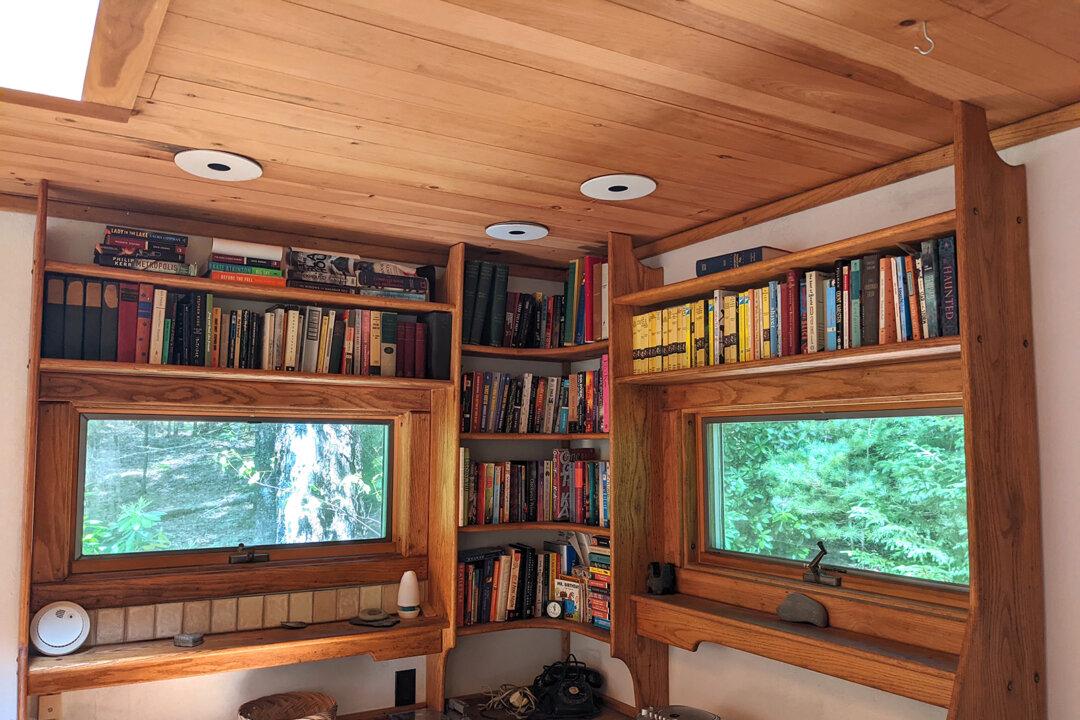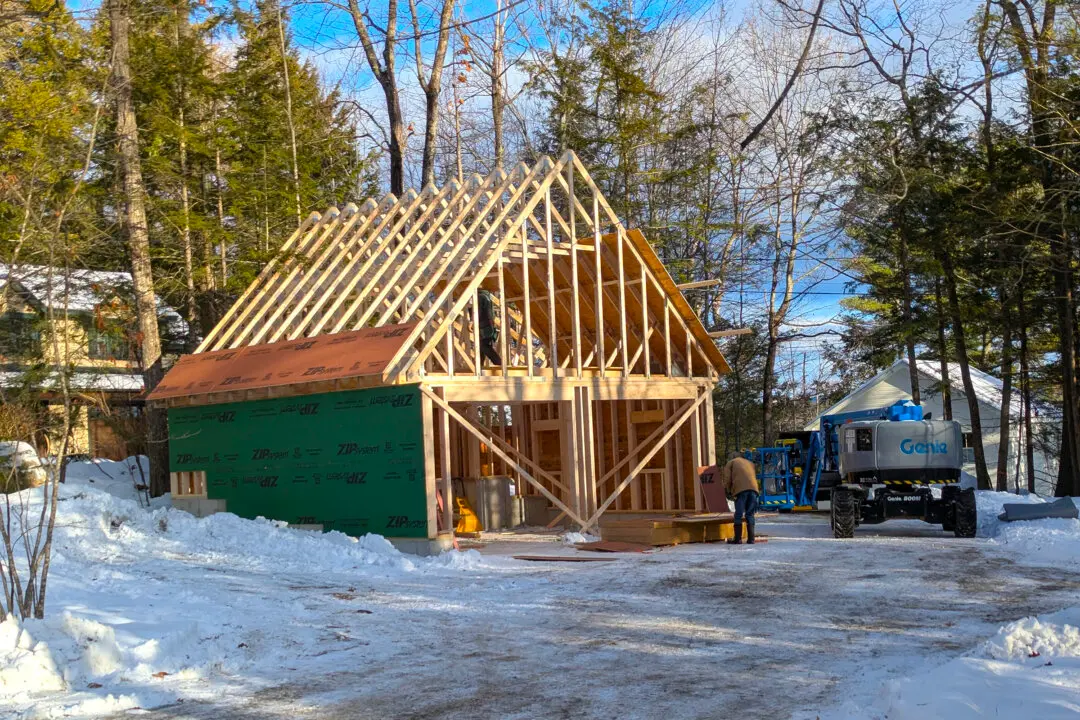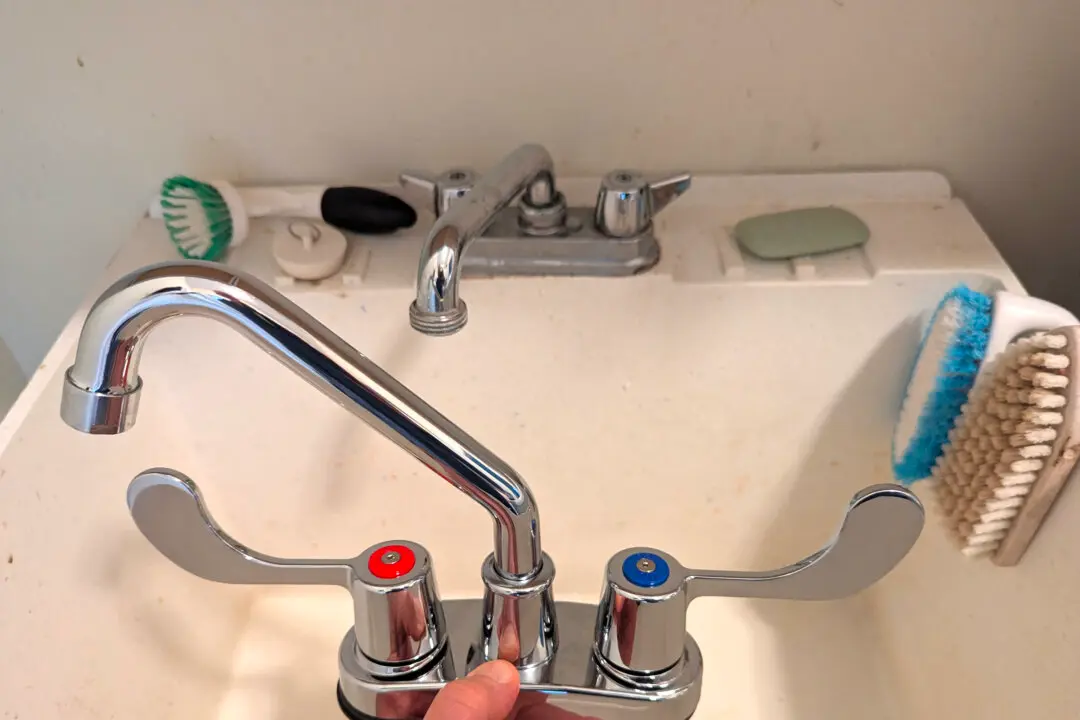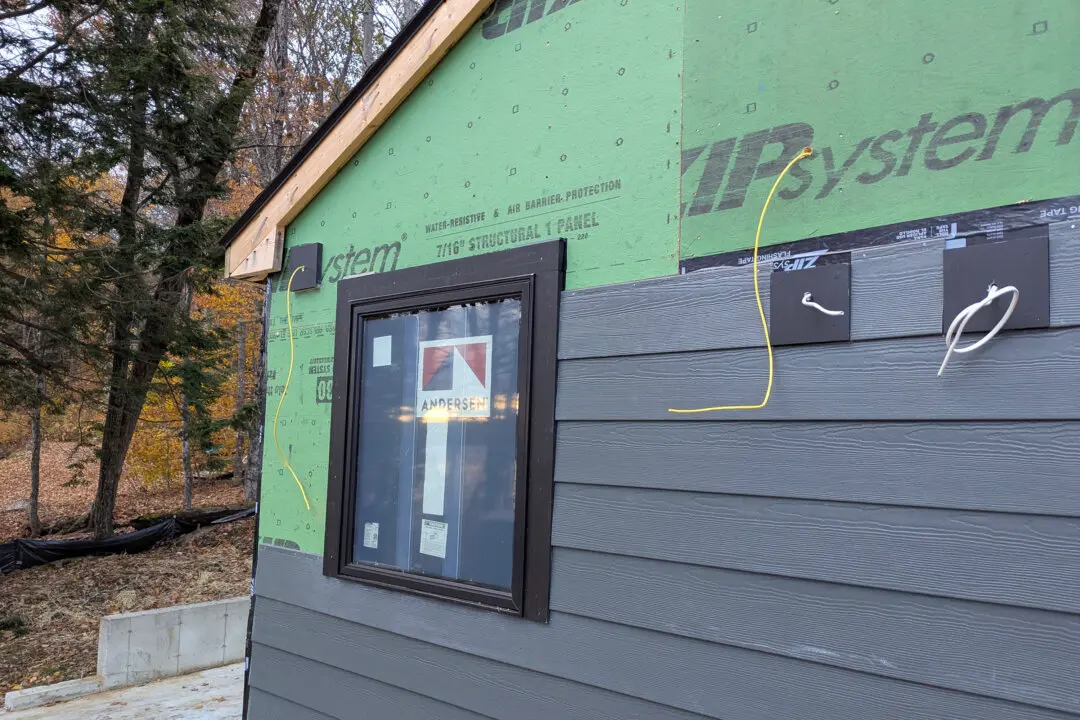I’ve had enough trips around the sun that I often find myself thinking of what might be inside future homes. For example, do you think that architects and builders from 100 years ago would have thought laundry chutes would go out of style? They might have thought placing washing machines on top of wood floors was the most foolhardy thing one could do.
Can you imagine the shock on the face of an architect or builder from 125 years ago when you might say, “That built-in pantry you’re specifying is going to be ripped out of the house in 1990 during a kitchen remodel job.” They might think only a mooncalf would get rid of a piece of built-in furniture.
What about bookshelves? What’s the future of books made from atoms instead of electrons like you might read on your Kindle, iPad or tablet? I’m sure there are statistics that might show a decline in the number of print books sold, but try to look out 50 or more years from now.
What the future holds for books shouldn’t be important to you if you have hundreds of books that you want to display. I’m one of those people and want easy access to my books. Over the years my wife and I have collected hundreds, perhaps thousands, of books made from atoms.
It turns out many have become quite valuable as the vast majority of books go out of print. I have several books that currently sell for more than $1,000 in online auctions. In these inflationary times, it’s a good idea to hold onto things that aren’t cash. Don’t give away your hard-bound books for goodness sake.
In fact, I’m on a mission now trying to collect old dictionaries. Being a professional writer, I’m intrigued by how the definition of words can be different in dictionaries of the same age. The scary thing is that in this electronic world, people can change the meaning of words in online dictionaries and you might not even realize it’s happening. But I digress.
Wooden bookshelves seem to be the most popular ones. Several years ago I did a cross-country tour showing how to build in real time simple bookshelves on live morning television news shows. Yes, believe it or not I assembled in real time a 4-foot-by-4-foot bookshelf made from 1-by-8 solid poplar with a nice plywood back panel for strength and stability in less than one hour on live TV.
The point is, you can create simple or ornate wall bookshelves with a few tools, patience and a basic plan. The best place to start a bookshelf project is looking at hundreds of photos of them online. Once you’re inspired you’ll discover it’s a powerful motivator. You’ll discover it will be so much easier to get the job done after you can see what the finished product will look like.
Not too long ago, I had the pleasure to marvel at corner bookshelves inside a quaint cabin my daughter purchased that sits on the shoreline of a lake on Mount Desert Island in Maine.
These shelves sat on top of an oak corner desk. What caught my eye was how ornate they appeared at first glance but in reality they were very easy details to produce for a DIY-er like you.
The choice of oak for the shelves was smart because it’s such a strong wood. You can span four or five feet and the shelves will not succumb to gravity over time. If you choose shelves made from sawdust and glue, you might notice in months a pronounced sag should you load the shelves with heavy books.
It really pays to inventory and organize your books early in the planning phase of your project. If there are certain books you want on the same shelf, you need to know what the tallest book is so you get your spacing right. Sometimes it makes sense to lay tall books on their side so you don’t end up wasting valuable wall space.
That’s the biggest challenge when planning bookshelves. What has to be done so the maximum amount of wall space is taken up by books and there’s minimal air space above the books until the next shelf starts? Keep in mind you should have about an inch or inch and one-half of space above the top of books and the bottom of the next shelf above. This allows you to get your finger in on top of the book to tip it out so you can grasp it and pull it off the shelf.
Don’t spoil a bookshelf by attaching metal shelf standards on the vertical side boards. These screech low-quality in my opinion. You should be able to permanently mount the shelves to the side supports with adequate planning.
Screws that hold shelves in place can be disguised using caps or finishing washers. You can get these in brass to produce a very professional look. If you need other tips, consider reaching out to a local woodworker. Visit her/his shop and see if they might have a few tips. Better yet, take the photos of your space and your dream shelves with you.
You might be surprised at how low the cost might be for a woodworker to create what you want. They often have so much experience they can do in one hour what might take you four hours. They also have all the tools to produce the best results. Send me a photo of your finished bookshelves. I’d love to see what you end up with!





